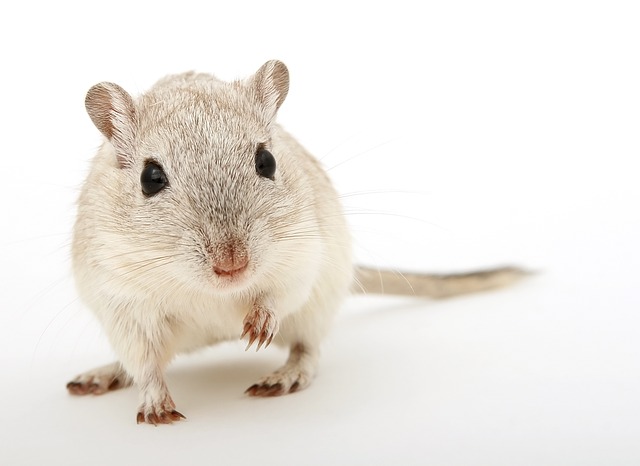
If you’re a homeowner, sooner or later you’re almost sure to be faced with the prospect of rodent control. Mice and rats are drawn to human domiciles because of warm, comfortable living spaces and easy food sources. As a result, it’s a rare home that doesn’t experience rodent infestation in one form or another. The key is knowing how to spot the presence of rodents and, in turn, knowing how to get rid of them.
Why Worry?
There are a number of reasons you should keep tabs on whether rodents are making themselves comfortable in your home. First and foremost, they are proven disease carriers. Be it the lethal hanta virus or salmonella poisoning, rodents and their feces are a prime carrier of diseases that can easily jump to the human population. Beyond that, keep in mind that your average house mouse reaches maturity in 8 weeks and will produce 8 litters a year of 4-8 pups. Multiply that by a few breeding pairs and it’s easy to see how mice can easily take over your home if you don’t take the initiative to remove them from the premises.
How Do I Spot Them?
Spotting mice and rats in your home is relatively easy. Keep an eye out for small holes chewed in walls, cabinets, and other materials where mice might travel. Also, monitor your food supply for gnawed corners on cereal boxes and other cardboard receptacles. Believe it or not, these mice usually aren’t looking for food. Instead, they’re using the chewed up cardboard and paper products to build nests for their litters. Finally, the most prominent signal that you need to invest in rodent control strategies is the tell tale sign of mice and rat droppings. Be it in your silverware drawer, cabinets, pantry or garage, the presence of small, cylindrical pellets are a sure-fire sign you’ve got a problem.
What’s the Best Pest Control Strategy?
This depends on your situation and who you talk to. Snap traps are a popular favorite for both rats and mice because they are cheap and make for easy disposal. Your options for bait are almost endless. Everything from pineapple to donuts to fish meat is rumored to draw rodents in, though peanut butter and cheese are traditional favorites. Beyond snap traps, there are a number of live traps, glue traps, and even poisons that you could try. Place your traps or poison in areas where there is evidence rodents are present, and situate them along walls where mice travel. If you choose to lay out poisons, be sure to keep an eye on pets and children to protect them from becoming inadvertent victims.
Disposal and Cleaning
Anytime you’re disposing of a dead rodent or cleaning up feces, nests or other debris, it’s best to take some precautionary measures. Always wear rubber gloves when disposing of dead animals or cleaning up rodent sign. Clean infested areas with a bleach water solution and soak used snap traps in a bleach/water mixture before handling them again. Finally, when cleaning up feces, consider wearing a simple respirator or mask. Dust that has been in contact with mouse excrement is one of the prime communicators of disease, especially hanta virus.
Trying to tackle a rodent control problem on your own is a fine first step, though it’s important to remember how dangerous and prolific these tiny beasts can be. If your initial attempts to rid yourself of mice or rats don’t seem to be working, call in a pest control company to take care of the problem. They are well schooled in a number of rodent control strategies, and your furry invaders won’t stand a chance.
 A Homeowner’s Guide to Entomology and House Insects
A Homeowner’s Guide to Entomology and House Insects  Roach Control the Natural Way
Roach Control the Natural Way  Getting Rid of Raccoons: Problems and Solutions
Getting Rid of Raccoons: Problems and Solutions  Flea Control & Prevention
Flea Control & Prevention  An Eco-Friendly Yard: How to Keep Bugs, Weeds, and Other Nuisances Out Without Harming the Planet
An Eco-Friendly Yard: How to Keep Bugs, Weeds, and Other Nuisances Out Without Harming the Planet 

Are You Familiar With This Topic? Share Your Experience.